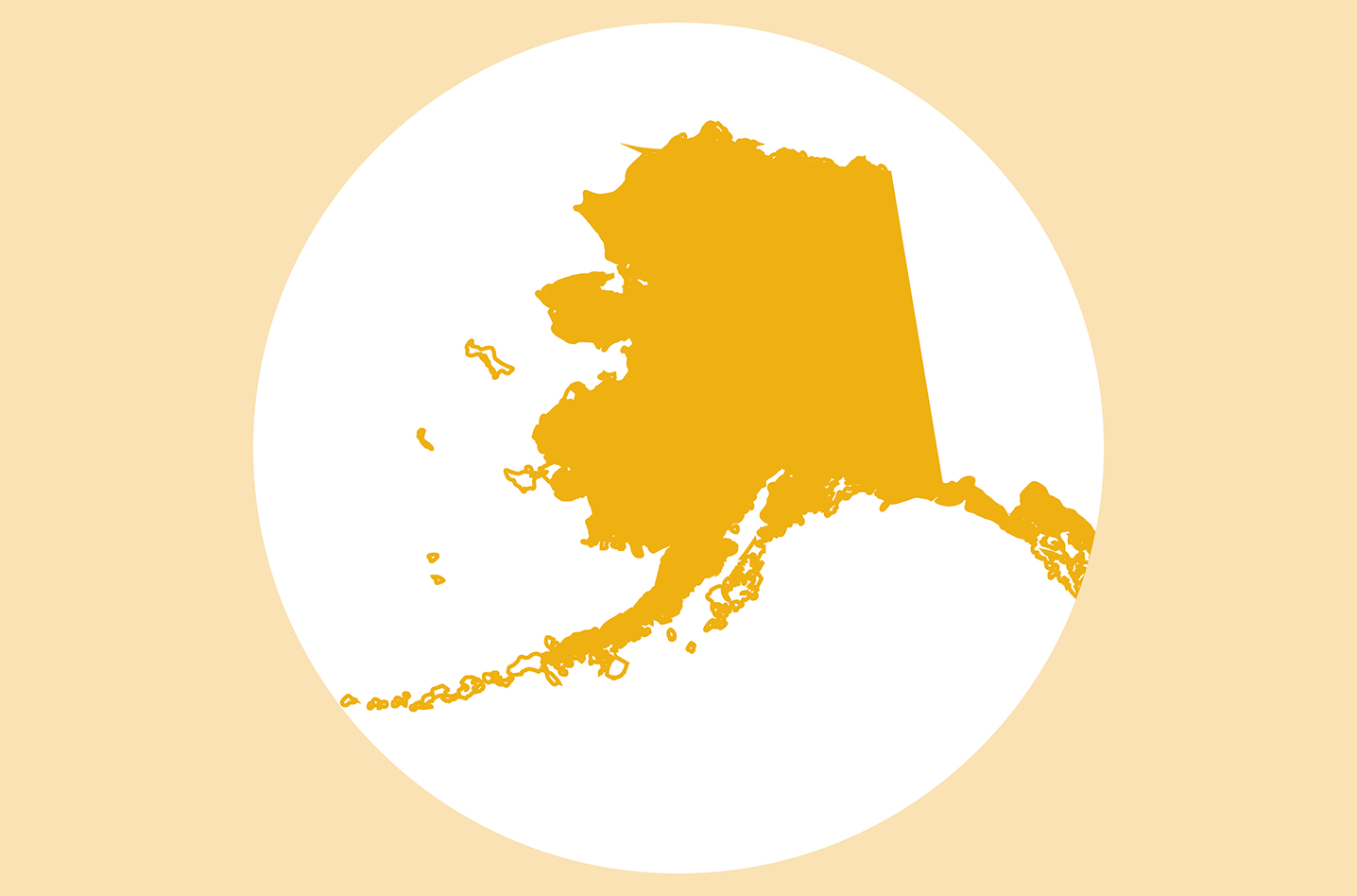With more than 663,000 square miles of land and 2.4 million square miles of airspace, Alaska boasts the largest aviation system in North America, according to the Alaska Department of Transportation and Public Facilities Statewide Aviation Department (SWA). Given the state’s size and the remoteness of most cities, towns and villages there, it’s not surprising that GA literally is a lifeline for most of its more than 733,000 residents and the businesses that operate there.
“Alaska has very small population centers separated by great distances,” said Steve Brown, former chief operating officer of NBAA, who retired in 2022. “There really is no significant road infrastructure and only very limited rail. So, the transportation systems that serve the state and the dispersed people there are maritime and aviation. Those are the only two ways you can get goods to people efficiently in the state.”
“In Alaska, you have to be able to use aircraft when you conduct business.”
Phil Derner NBAA Western Regional Director
Alaska has the highest percentage of licensed pilots per capita in the U.S., with well over 9,100 active pilots flying more than 8,700 registered aircraft to and from roughly 700 FAA-registered airports, according to state information. According to SWA, 82% of Alaska’s communities depend on aviation year-round.
“Most airports in Alaska have gravel or grass runways,” added Brown. “Only a few paved runways exist in the largest cities, but it’s most common that you’ll be landing on gravel or grass in a village environment.”
General and business aviation flying also are quite different in Alaska, according to Phil Derner, NBAA Western regional director.
“It’s not a state that has the typical kind of corporate traffic we may see in other places,” Derner said. “But in the same way you can move anything, you have to be able to use aircraft when you conduct business, as well.”
In addition, given Alaska’s often mountainous terrain and often harsh weather conditions, much of the flying done in the state is via VFR. “It’s just a matter of safety practice, which is why the FAA deployed ADS-B and terrain separating equipment in GA aircraft first in Alaska,” Brown said.
It’s not surprising then to learn that Alaska was so negatively impacted following the 2001 terrorist attacks, when the FAA closed all airports across the country.
“Alaska was uniquely affected because those pipelines of access for people, for goods, medical supplies and food were suddenly shut off,” said Derner. “It shows once again how important aviation is to Alaska.”
Review NBAA’s regional group resources at nbaa.org/regional.

The Great Alaska Aviation Gathering
As the largest free event of its kind in the U.S., The Great Alaska Aviation Gathering attracts more than 20,000 attendees each year. Sponsored by the Alaska Airmen’s Association (AAA), a non-profit 501(c)3 membership-based organization with more than 2,000 active members, the event is held each year during the first weekend in May at the Alaska State Fairgrounds in Palmer, AK, to celebrate aviation and plan for the upcoming flying season.
It features a variety of seminars, events and displays with roughly 200 aviation-only exhibitors offering the latest technology, state-of-the-art products, new innovations and comprehensive safety information. There also are a variety of indoor and outdoor static displays featuring a wide array of aircraft, including sport, general aviation, vintage, experimental, commercial, corporate and military.
In typical Alaska aviation style, pilots land their small aircraft on a 1,700-foot-long temporary gravel strip, known by fair-goers as the purple parking lot.
Since 1998 the AAA has maintained a free admissions policy for all attendees. The association also partners with the Alaska Aviation Safety Foundation and McFarlane Aviation to host a full weekend of free educational seminars for the public. Be part of a safer, better-educated flying community by participating in this event.



 International Business Aviation Council Ltd.
International Business Aviation Council Ltd.